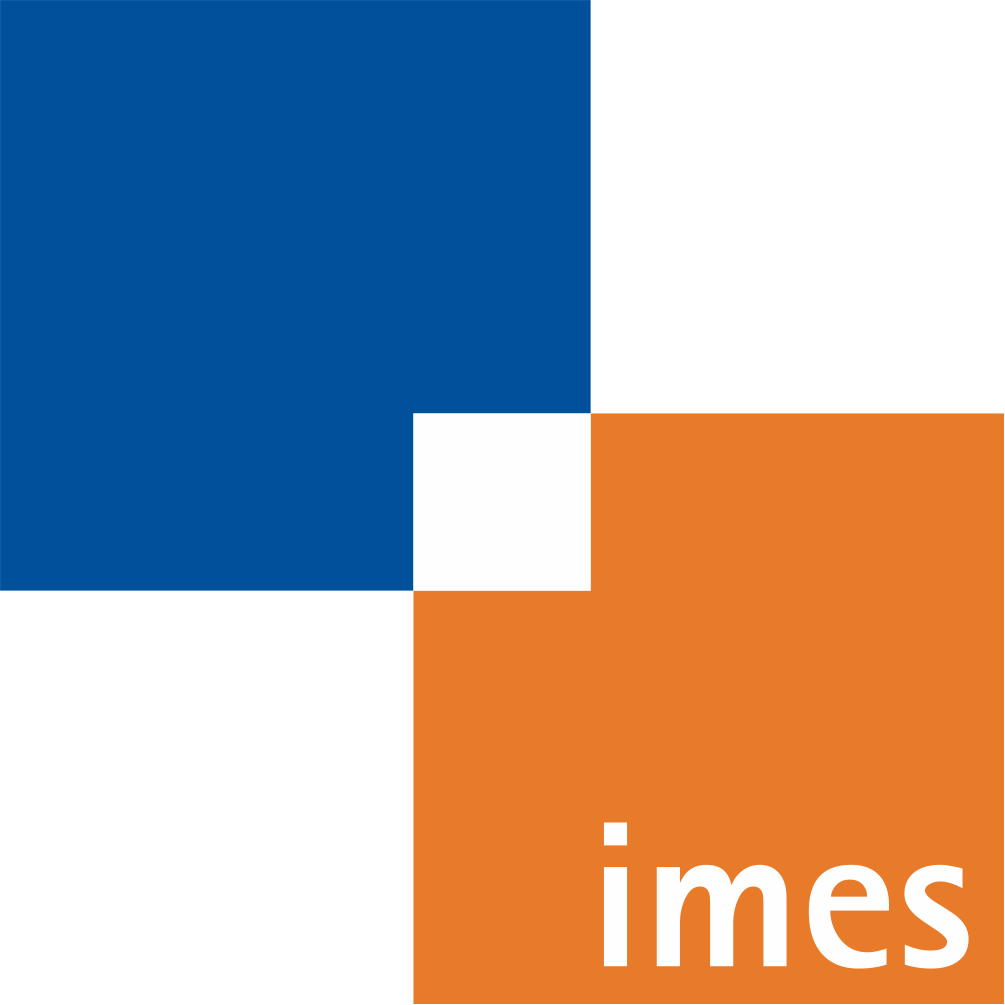Safe Collision and Clamping Reaction for Parallel Robots During Human-Robot Collaboration
- verfasst von
- Aran Mohammad, Moritz Schappler, Tim-Lukas Habich, Tobias Ortmaier
- Abstract
Parallel robots (PRs) offer the potential for safe human-robot collaboration because of their low moving masses. Due to the in-parallel kinematic chains, the risk of contact in the form of collisions and clamping at a chain increases. Ensuring safety is investigated in this work through various contact reactions on a real planar PR. External forces are estimated based on proprioceptive information and a dynamics model, which allows contact detection. Retraction along the direction of the estimated line of action provides an instantaneous response to limit the occurring contact forces within the experiment to 70 N at a maximum velocity of 0.4 m/s. A reduction in the stiffness of a Cartesian impedance control is investigated as a further strategy. For clamping, a feedforward neural network (FNN) is trained and tested in different joint angle configurations to classify whether a collision or clamping occurs with an accuracy of 80%. A second FNN classifies the clamping kinematic chain to enable a subsequent kinematic projection of the clamping joint angle onto the rotational platform coordinates. In this way, a structure opening is performed in addition to the softer retraction movement. The reaction strategies are compared in real-world experiments at different velocities and controller stiffnesses to demonstrate their effectiveness. The results show that in all collision and clamping experiments the PR terminates the contact in less than 130 ms.
- Organisationseinheit(en)
-
Institut für Mechatronische Systeme
- Typ
- Aufsatz in Konferenzband
- Seiten
- 5966-5973
- Anzahl der Seiten
- 8
- Publikationsdatum
- 2023
- Publikationsstatus
- Veröffentlicht
- Peer-reviewed
- Ja
- ASJC Scopus Sachgebiete
- Software, Steuerungs- und Systemtechnik, Maschinelles Sehen und Mustererkennung, Angewandte Informatik
- Elektronische Version(en)
-
https://doi.org/10.48550/arXiv.2308.09656 (Zugang:
Offen)
https://doi.org/10.1109/iros55552.2023.10341581 (Zugang: Geschlossen)
